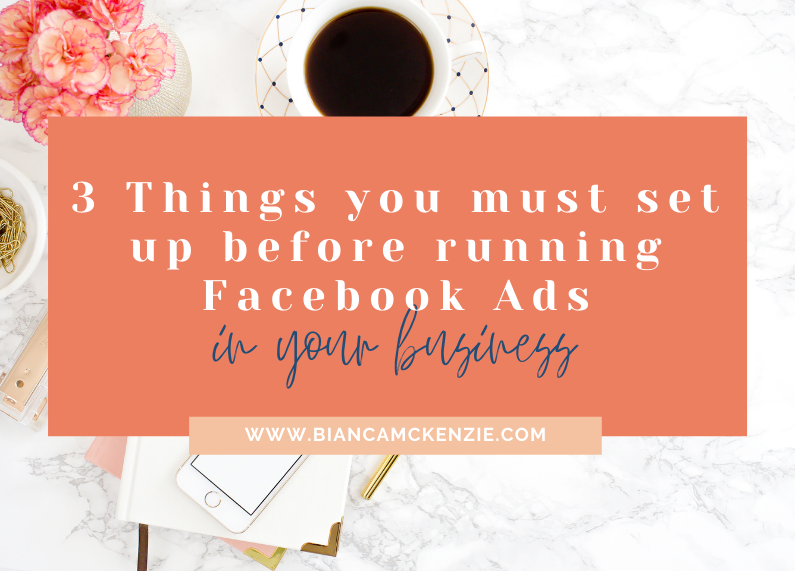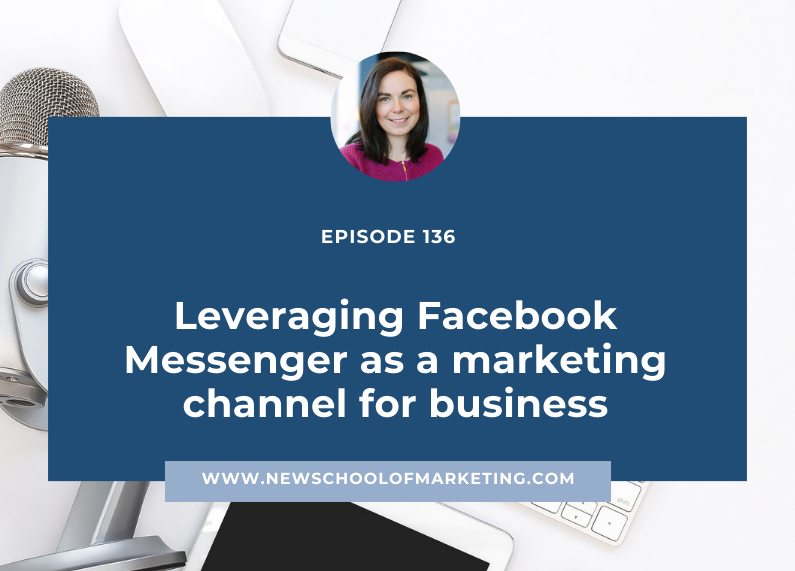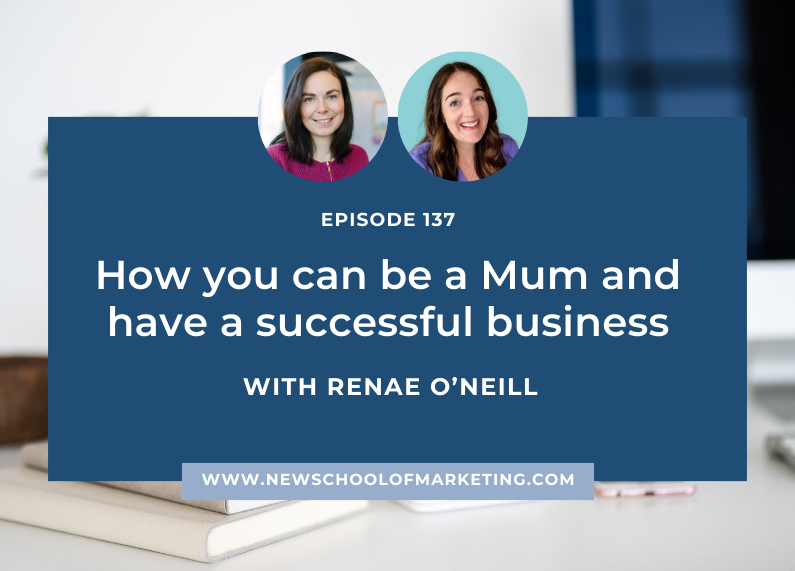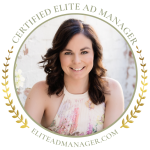
Every day I hear tales of business owners who tried their hand at running Facebook ads only to be disappointed. They have high hopes that are crushed after only a few days and it leaves a sour taste in their mouth and a gaping hole in their ads budget.
When I first started with Facebook ads I too was disappointed. I didn’t see the results I was hoping for, but I’m persistent and became obsessed with learning everything I could about Facebook ads.
It didn’t take long before I figured it out and I started seeing results.
In this post I’d like to touch on 3 things you must setup before running Facebook ads in your business.
Don’t spend a cent on Facebook ads until you’ve set this up.
1: Your Facebook Pixel
If you’ve been reading along here you know that I am a passionate advocate of the Facebook Pixel. In fact, I’d go as far as saying that you MUST install the pixel if you want to get Facebook ads results… because without it, you simply can’t measure your results accurately.
A little while ago I wrote an entire blog series on the Facebook advertising pixel, which you can read here.
One of the benefits of having the Facebook pixel installed on your website is that you can build custom audiences of people who visit your website.
Custom audiences are made up of groups of people who have viewed your website or specific pages on your website. One of the benefits of having custom audiences set up is that you can create lookalike audiences. A lookalike audience is a group of people who have similar interests as those people who have already interacted with your brand. Using custom and lookalike audiences is extremely powerful as these are the people who are most likely to purchase from you.
There are many more benefits to the Facebook pixel and I invite you to read the blog series here.
2: Create custom audiences
Before running your ads I encourage you to go into the ads manager and create custom audiences. You’ll only be able to create a custom audience from your website traffic if you have installed the pixel, so step 1 is extremely important. However, you can also create custom audiences based on your email list and other factors.
Your custom audiences are made up out of ideal customers who already know, like and trust you, and are most likely ready to buy from you the next time you make an offer. A warm audience is usually more receptive to your offers and will explore further.
3: Custom reports
Running ads is one thing, measuring its success is another. Facebook has excellent reporting options, but their default report is often lacking the depth you’d need to assess your ads performance.
Before you can measure your ads success though, and even before you run ads, you need to determine what you are trying to achieve with your ads. Being clear on your goal will allow you to measure its success. Do you want to grow your list? Do you want to get video views? There are numerous objectives you can choose in Facebook and knowing what they ‘do’ means that you are able to align your goals with Facebook’s objectives.
Getting likes on your page feels great, but it doesn’t pay the bills. Getting views on your videos feels awesome, I know, but it does not put money in the bank. When you run ads to get leads into your business and you have a clear plan on how you’re going to turn those leads into sales, then you can start measuring the return on investment.
Once you know what you’re measuring, you can use Facebook’s reporting functions to get accurate data.
To find out more about how to setup custom reports, head on over to this blog post.
So, before you spend any money on Facebook ads, do these three things first. If you’re new to Facebook ads and want to learn more, I invite you to watch my free training video 5 Steps to Creating Strategic & Profitable Facebook Ads that Build Your Email List… without overwhelm or wasting money.





